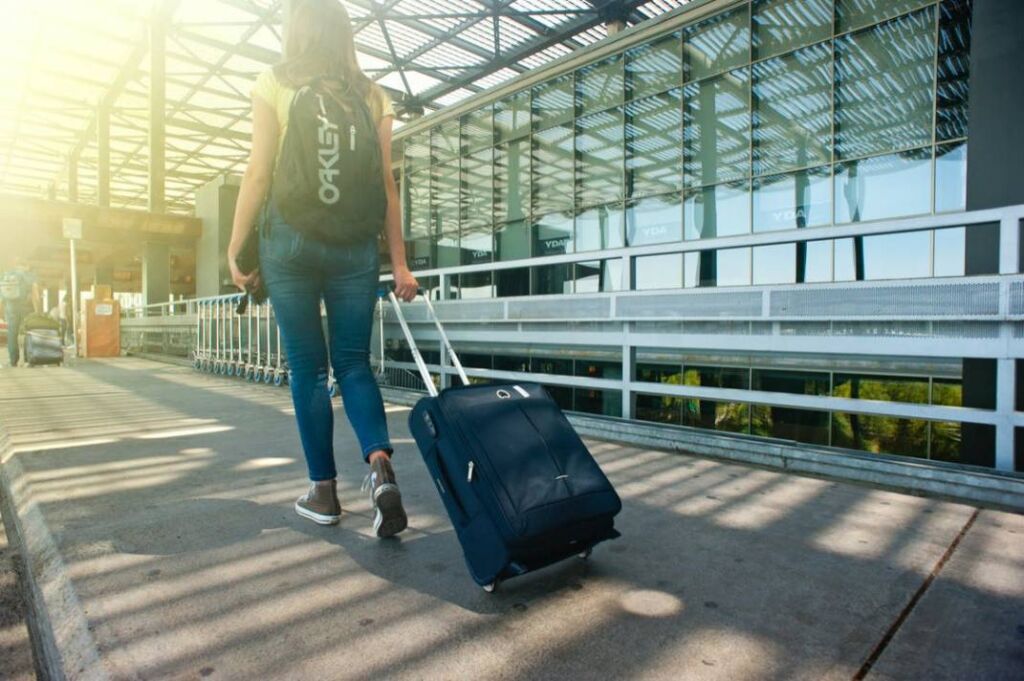There is a lot of hidden but interesting information about air travel. You may have thought these things at times.
1. Why is there a tiny hole in the aircraft’s inner window?
The small hole in the window plays an important role in allowing the aircraft window to breathe – to lower and balance the air pressure between the glasses.
Aircraft windows are usually made of three acrylic panels. The outermost window maintains the air pressure of the aircraft. If the outer window is damaged during the trip, the middle window acts as a spare window. In the event of an emergency, the hole helps to keep the middle window intact until the aircraft lands.
In addition, the hole releases moisture and prevents windows from freezing and fogging up.
2. Morning flights have less delays
Difficult weather conditions or failures can cause delays in flight schedules. There are dozens of flights per day that use the same aircraft, so a morning delay can mean that flights leave late in the afternoon and evening, as even a delay of five minutes will shift the flight time for the aircraft’s next flight.
If the aircraft’s first flight of the day is late, the rest of the day’s flights will also be delayed, so it’s statistically more likely for flights to be on schedule in the mornings.
3. Air in the cabin is dry
Airplane air is considerably drier than most places on land. According to the World Health Organization, the average humidity level of an airplane is below 20%, whereas the humidity in the world’s deserts is around 50%. So, remember to drink water when flying!
4. Friday and Wednesday are the cheapest
Flight prices vary considerably during the week, so it makes sense to choose your travel date carefully. If you are traveling from Finland to Europe, Fridays are often cheapest. The most expensive travel date is usually Saturday.
If you are outside Europe, Wednesdays are a good bet for cheap flights. For long-haul flights, the most expensive travel date also tends to Saturday.
Sources: Yle, Momondo, WHO, Travel and Lea, Finnavia









